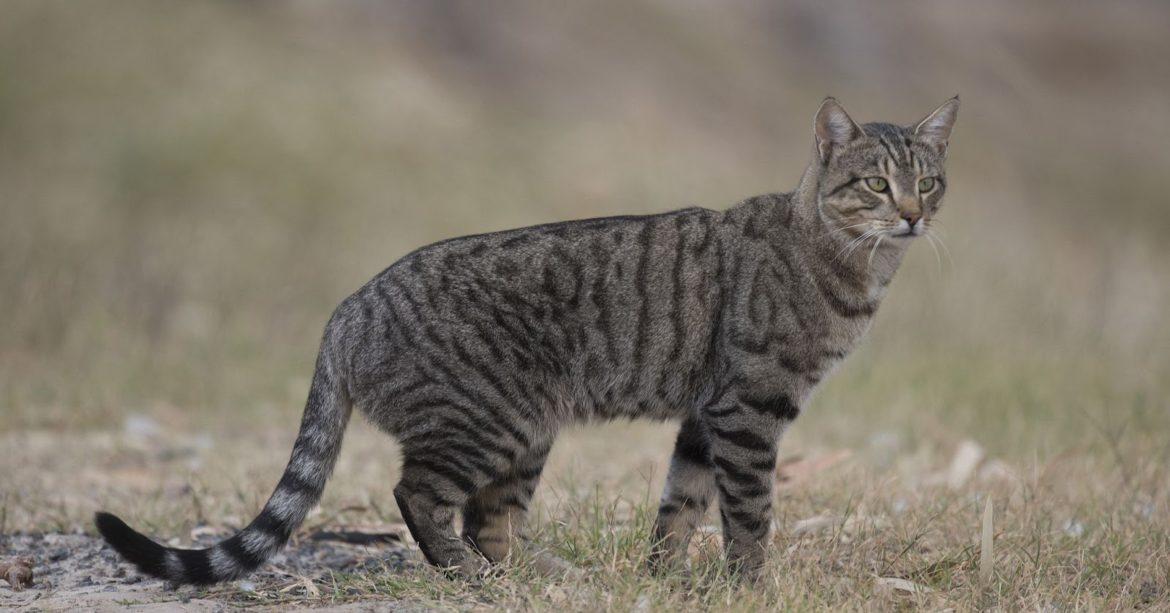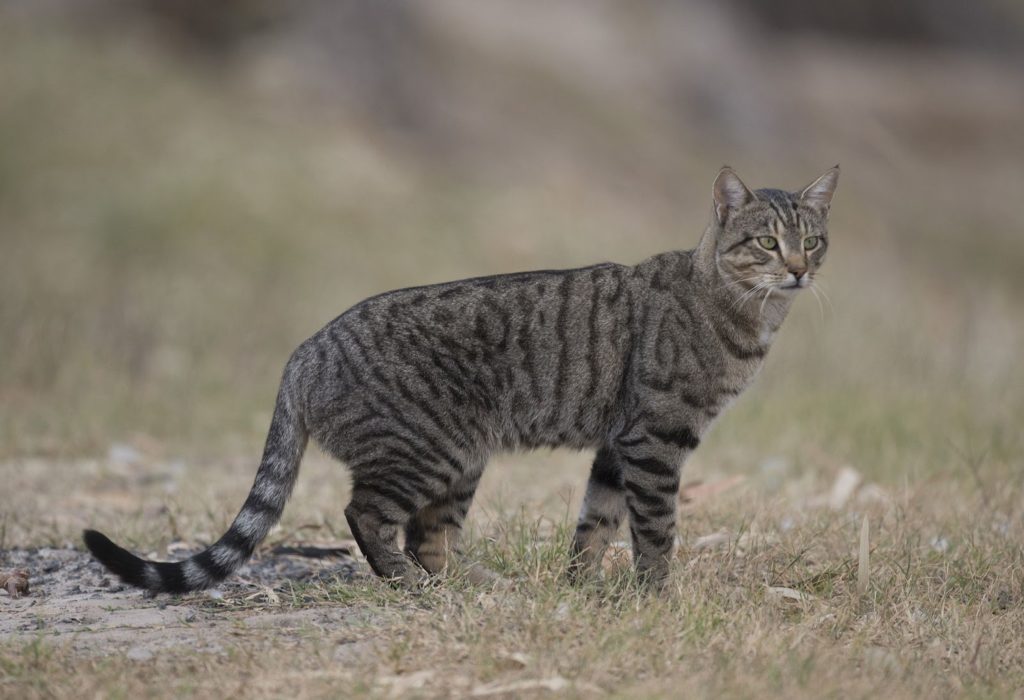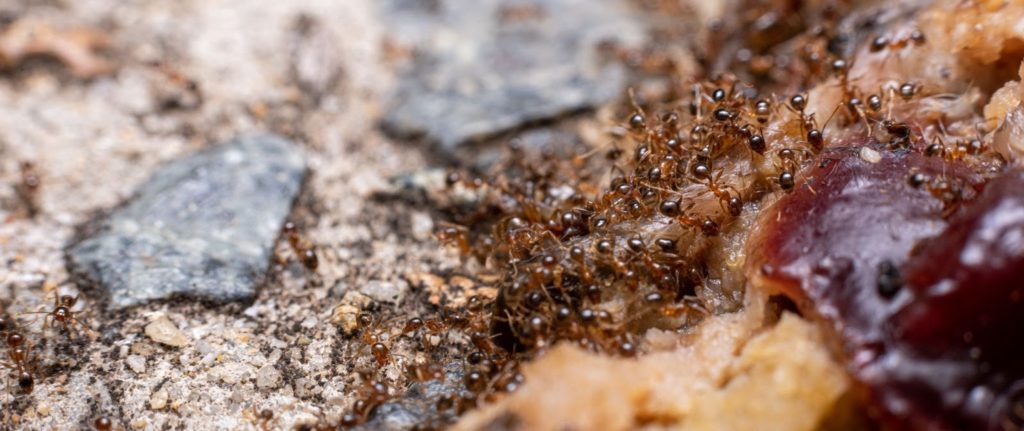Australia’s $390 Billion Invasive Species Bill Over the Last 60 Years
Australia has a long history of invasive species causing problems. Dealing with these invasive species have been extremely costly to Australia over the last 60 years. The total impact on the Australian economy of invasive species is said to be close to $390 billion according to recent analysis.
This number is almost certain to rise significantly in the future unless interventions are put in place. In order to be successful, these interventions must be backed by investment and accurate reporting. In order to fully understand why this work is so vital, it’s important to have a good understanding of the threat from invasive species across the country.
Key points
- Invasive species have cost the Australian economy around $390 billion over the last 60 years.
- Invasive plants have been the most costly group of species to handle with expenditure of around $204 billion.
- Without interventions, such as improved biosecurity and eradication, these costs will continue to increase rapidly.
Harvest video
Invasive plants present the biggest financial burden
Perhaps surprisingly, plants have the biggest impact on the Australian invasive species bill. In total, it costs $204 billion to manage problematic species of plant including ryegrass, parthenium, and ragwort.
When it comes to a single species of pest, feral cats are most costly. They fall into the mammalian group of pests which costs the country $66 billion to control. Alongside cats, rabbits are a significant nuisance.
Insects like fire ants present a further financial burden to the country. Overall, invasive insects cost $16 billion to control.
Research led by Professor Corey Bradshaw from Flinders University and the ARC Centre of Excellence for Australian Biodiversity and Heritage
The results of the research that put forward these figures were published in the open-access journal NeoBiota. The research program was led by Professor Corey Bradshaw from Flinders University and the ARC Centre of Excellence for Australian Biodiversity and Heritage.
The team studied data from the InvaCost database which provides comprehensive information about the associated cost of invasive species across the world. It also considered Australian data concerning herbivores, plants and other agents that cause disease.
The result of the team’s studies was the identification of invasive species costs in Australia. The total cost was estimated to be $389.59 billion over 60 years. In excess of 90% of these costs were said to be observed. This means they were not predicted or extrapolated.
Costs examined across different states
The research results included data not just about Australia as a whole but also about each individual state or territory. Some costs could not be clearly allocated to a specific region but of those that could be allocated, New South Wales had the highest level of costs, followed by Western Australia, and Victoria.
When it comes to the pests that are causing most of the problems, the findings were as follows:
- In New South Wales, cats, foxes and rabbits are especially problematic.
- A third of the Northern Territory’s costs came from dealing with a fungus which causes banana freckle disease.
- The most expensive invasive species in Queensland is the red fire ant.
- Victoria and South Australia spend most money dealing with the potato weed.
- In Tasmania, the biggest economic effect of dealing with an invader comes from work to control ryegrass.
Co-author of the recent report, Dr Andrew Hoskins from CSIRO, referred to how important this detailed information is. He said that it would help to inform future priorities and policies.
Examining the impact of non-introduced “pest” species
The research team behind the invasive species report, also considered the cost of “pests” that were not introduced to Australia from elsewhere.
When looking at these native species groups, kangaroos, koalas and wombats, the team found that they are responsible for only around 2.4-3% of the cost of dealing with pests in Australia. Kangaroos were found to be responsible for almost all of this expense.
This shows just how much impact invasive species have on the environment in Australia when compared to native animals.
How were costs determined?
To understand just how relevant and important the figures from the recent research are, it’s interesting to understand how they are determined.
The costs that were analysed by the researchers included consideration of damage to crops and livestock. The team also considered the expense of eradicating issues including the salaries of individuals involved.
It’s essential to note that only reliably reported costs were included in the research, so the actual cost of dealing with invasive species in Australia is likely to be higher than $390 billion.
Problem will continue without intervention
There is no doubt that the issue of the huge cost of dealing with invasive species in Australia will continue if nothing is done to address the situation. Currently, according to the researchers, the country spends around $19 billion each year dealing with the invasive species issue and the cost has been growing exponentially. It’s not just about money either, these species cause significant damage to the ecology of the country.
Professor Bradshaw, who led the recent research, states that “prevention is better than cure.” He agrees with the recent CSIRO report which referred to the need for an overhaul of the country’s biosecurity approach. Bradshaw believes that without this overhaul, and improvements to eradication processes, the impact of invasive species will continue to increase.
Hopefully, the findings from the report by Bradshaw and the team will be put to use to make sure that improvements are made and the increase in costs starts to slow.



